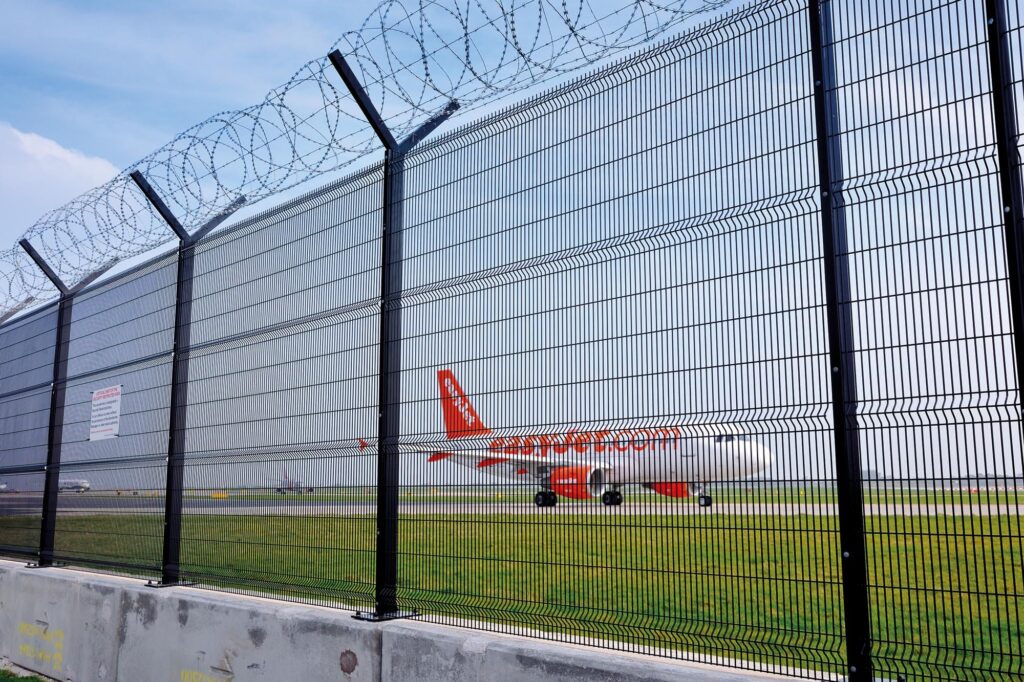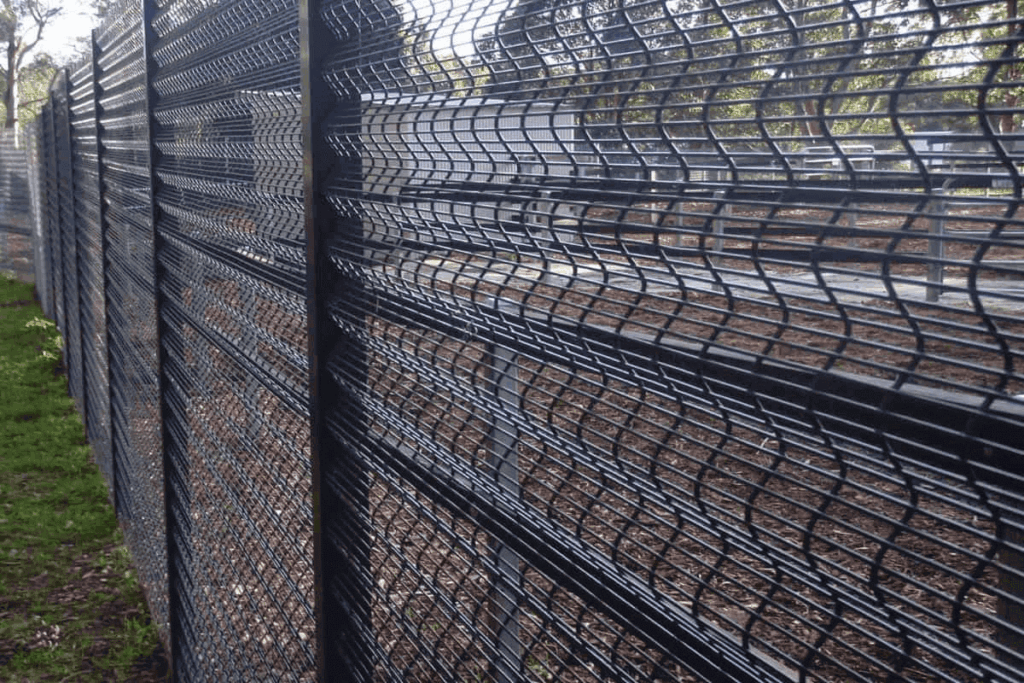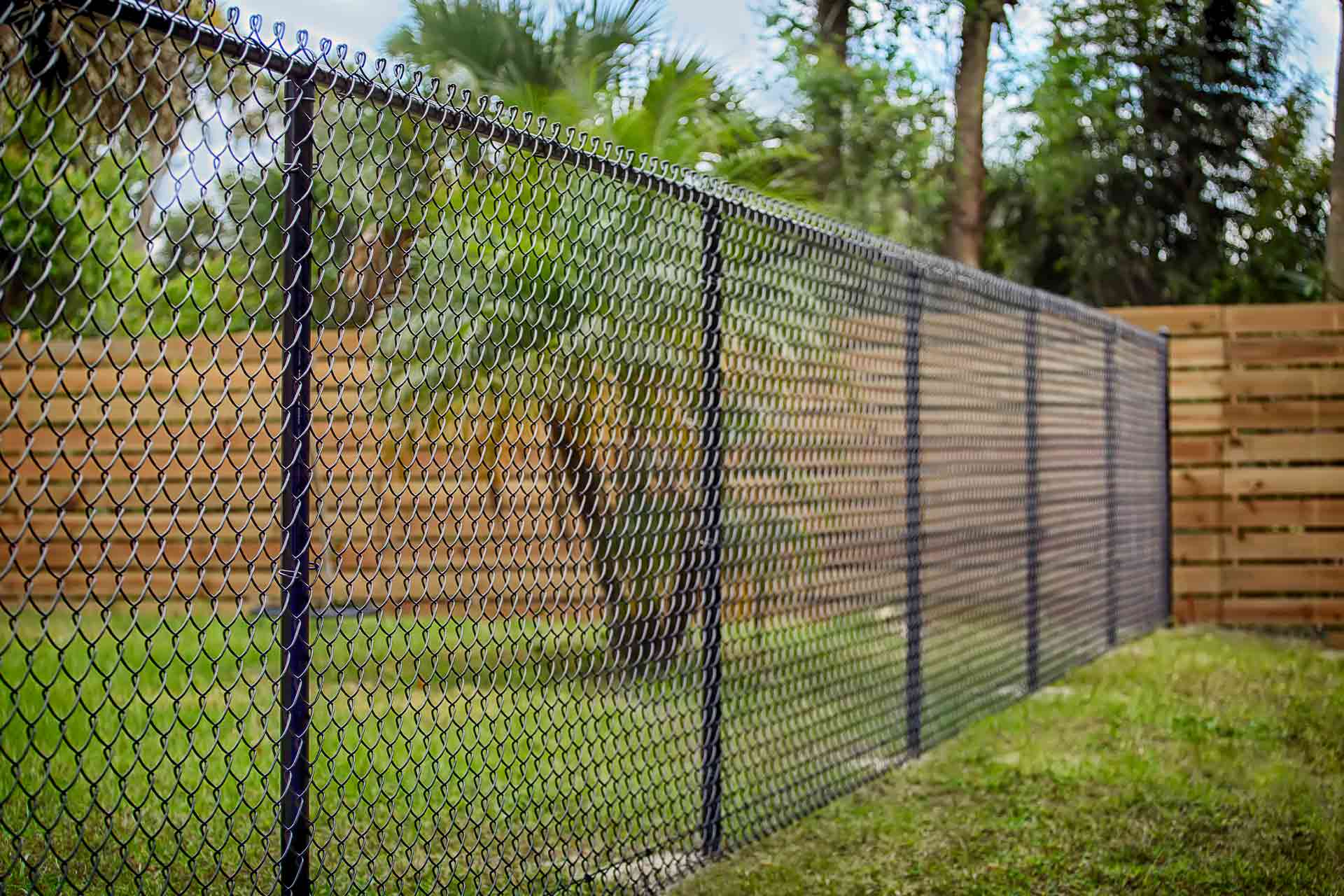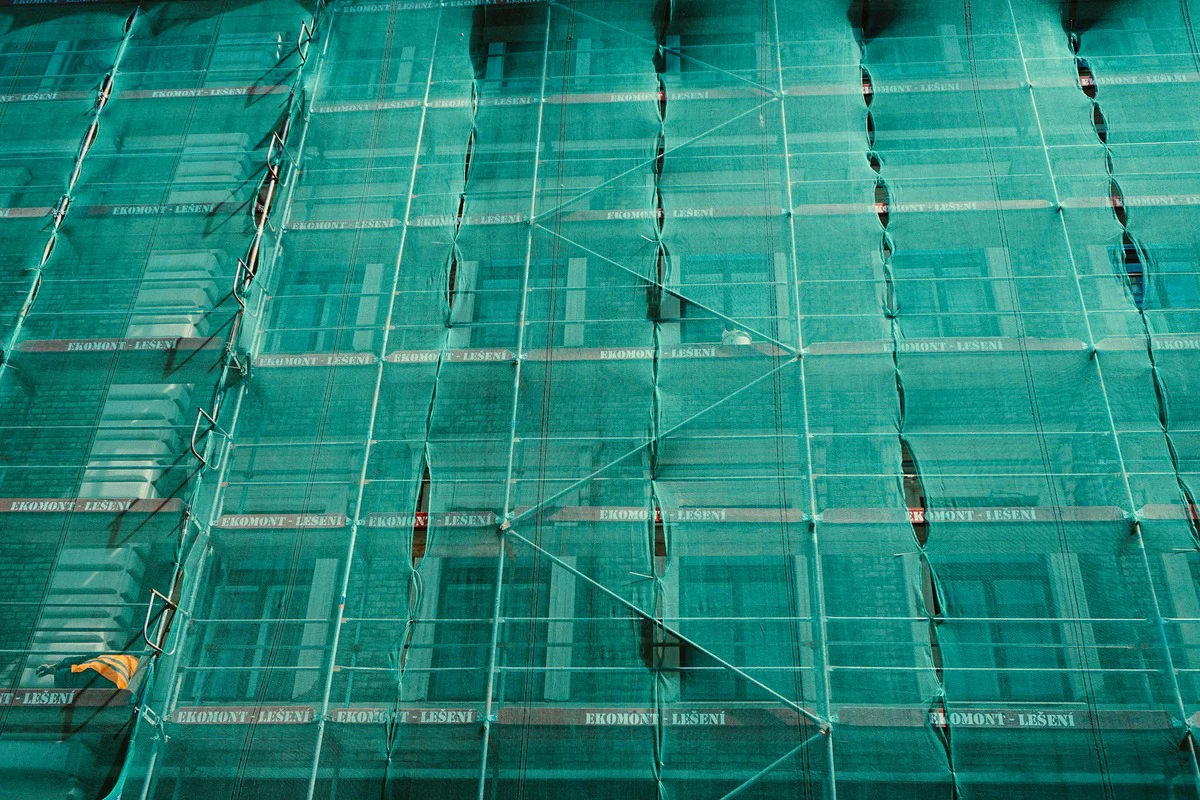In the realm of construction and event management, the need for effective temporary fencing solutions is paramount. Mesh fencing has emerged as a popular choice due to its versatility, durability, and ease of installation. However, with various types available, determining which mesh fencing works best for temporary builds can be a daunting task. This article delves into the different types of mesh fencing, their applications, and the factors to consider when making a selection.
Understanding Mesh Fencing
Mesh fencing is a type of barrier made from interconnected metal or plastic strands, forming a grid-like structure. It is widely used for a variety of applications, including construction sites, public events, and sporting venues. The primary purpose of mesh fencing is to provide security, delineate areas, and ensure safety for both workers and the public.
One of the key advantages of mesh fencing is its visibility. Unlike solid barriers, mesh fencing allows for clear sightlines, making it easier to monitor activities on-site. Additionally, its lightweight nature makes it easy to transport and install, further enhancing its appeal for temporary uses. The transparency of mesh fencing also contributes to a sense of openness, which can be particularly beneficial in public spaces where maintaining a welcoming atmosphere is essential.

Moreover, mesh fencing can be customised with various heights and colours, allowing it to blend seamlessly into its surroundings or stand out as a prominent feature. This adaptability makes it a preferred choice not only for security but also for aesthetic purposes, as it can be designed to complement the overall theme of an event or construction project.
Types of Mesh Fencing
There are several types of mesh fencing available on the market, each with its unique characteristics and benefits. Understanding these types is crucial for making an informed decision.
1. Chain Link Fencing
Chain link fencing is one of the most common forms of mesh fencing. It consists of interwoven steel wires, creating a diamond pattern. This type of fencing is known for its strength and durability, making it suitable for a variety of temporary applications.
Read more at: How Scaffolding Mesh Prevents Debris Hazards On-Site
Chain link fencing is particularly effective for securing construction sites, as it can withstand harsh weather conditions and is resistant to rust when coated with galvanised steel. Additionally, it is easy to install and can be taken down quickly, making it ideal for temporary builds. The versatility of chain link fencing extends beyond construction; it is also frequently used in residential settings to contain pets or children, providing a secure yet unobtrusive boundary.
2. Welded Wire Fencing
Welded wire fencing is constructed from steel wires that are welded together at each intersection. This creates a sturdy and rigid structure, which is particularly beneficial for high-security areas. Welded wire fencing is less flexible than chain link, making it a suitable choice for sites that require a more robust barrier.

This type of fencing is often used for events where crowd control is essential, as it can be anchored securely to the ground. Its strength also makes it resistant to vandalism, providing an added layer of security for temporary installations. Furthermore, welded wire fencing can be coated with various finishes to enhance its aesthetic appeal, making it a practical choice for both functional and decorative purposes in public spaces. Learn more about resistant at https://library.kmu.edu.pk/news/antibiotics-resistance-increases-risk-disease-spreadexperts
3. Plastic Mesh Fencing
Plastic mesh fencing is a lightweight alternative to metal options. Typically made from high-density polyethylene (HDPE), this type of fencing is UV resistant and can withstand various weather conditions. Plastic mesh is often used for less critical applications, such as marking boundaries at festivals or events.
While it may not offer the same level of security as chain link or welded wire fencing, plastic mesh is easy to handle and install, making it a convenient choice for temporary setups. Its visibility and flexibility also allow for creative configurations, enhancing its appeal for event organisers. Additionally, plastic mesh fencing can be produced in a variety of vibrant colours, which can be used to enhance branding or thematic elements of an event, making it not just a functional barrier but also a tool for visual impact.
Factors to Consider When Choosing Mesh Fencing
When selecting the appropriate type of mesh fencing for temporary builds, several factors should be taken into account. These considerations will help ensure that the chosen fencing meets the specific needs of the project.
1. Purpose of the Fencing
The primary purpose of the mesh fencing will significantly influence the choice of material. For construction sites requiring high security, chain link or welded wire fencing may be the best options. Conversely, for events where visibility and crowd control are paramount, plastic mesh fencing may suffice. Additionally, the intended use of the space can dictate the height and thickness of the fencing. For instance, if the area is to be used for large public gatherings, taller fencing may be necessary to prevent unauthorised access and to maintain a safe environment. On the other hand, for a community event where interaction is encouraged, a lower fence might enhance the atmosphere.
2. Duration of Use
The length of time the fencing will be required can also impact the decision. If the fencing is needed for an extended period, investing in a more durable option like chain link or welded wire may be wise. For short-term events, lightweight plastic mesh could be a more cost-effective solution. Furthermore, it is essential to consider the ease of installation and removal. Some fencing options may require professional installation, which can add to the overall cost and time frame of the project. In contrast, simpler fencing solutions can often be set up by the project team, allowing for greater flexibility and efficiency. Click here to find more about plastic.
3. Budget Considerations
Budget constraints are a common consideration in any project. Chain link and welded wire fencing typically come at a higher cost due to their durability and strength. However, for projects with limited budgets, plastic mesh fencing offers an affordable alternative without compromising visibility. It is also worth noting that while the initial investment in more robust fencing may be higher, the long-term savings on maintenance and replacement can make it a more economical choice in the long run. Additionally, some suppliers may offer rental options for temporary fencing, which can further alleviate financial pressures while ensuring that the project maintains a professional appearance.
Installation and Maintenance of Mesh Fencing
The installation process for mesh fencing can vary depending on the type selected. Understanding the installation requirements of each type can help streamline the process and ensure a secure setup.
Installation Process
Most mesh fencing options are designed for quick and easy installation. Chain link fencing often requires posts to be set in concrete for stability, while welded wire fencing can be anchored using ground stakes or concrete blocks. Plastic mesh fencing typically involves less complex installation, often using zip ties or clips to secure it in place.
Regardless of the type chosen, ensuring that the fencing is installed correctly is crucial for maintaining safety and security. It is advisable to consult with professionals or refer to manufacturer guidelines to ensure proper installation.
Maintenance Requirements
When it comes to maintenance, mesh fencing generally requires minimal upkeep. However, periodic inspections are essential to ensure that the fencing remains secure and intact. For chain link and welded wire fencing, checking for rust or damage is important, especially if the fencing is exposed to harsh weather conditions.
Plastic mesh fencing may require less maintenance, but it is still important to monitor for wear and tear, particularly if it is exposed to high traffic or adverse conditions. Regular checks will help prolong the life of the fencing and ensure it continues to serve its intended purpose effectively.
Comparing the Benefits of Each Type
Each type of mesh fencing offers distinct advantages, making it essential to weigh these benefits against the specific requirements of the project.
Chain Link Fencing Benefits
Chain link fencing is renowned for its strength and durability. It provides a high level of security, making it ideal for construction sites. Additionally, its visibility allows for easy monitoring of activities, which is crucial for safety.
Welded Wire Fencing Benefits
Welded wire fencing excels in high-security applications, offering a robust barrier that is difficult to breach. Its rigidity makes it suitable for crowd control at events, ensuring that attendees remain within designated areas.
Plastic Mesh Fencing Benefits
Plastic mesh fencing is lightweight and easy to handle, making it perfect for temporary applications. Its affordability and flexibility allow for creative configurations, making it a popular choice for festivals and events.
Case Studies: Successful Applications of Mesh Fencing
Examining real-world applications of mesh fencing can provide valuable insights into its effectiveness and versatility. Here are a few case studies that highlight successful uses of different types of mesh fencing.
Construction Site Security
A large construction company recently undertook a project in a densely populated urban area. To ensure the safety of both workers and the public, they opted for chain link fencing around the perimeter of the site. This decision not only provided a secure barrier but also allowed for visibility, enabling passersby to see that work was being conducted safely.
Event Crowd Control
During a major music festival, event organisers faced the challenge of managing large crowds effectively. They chose welded wire fencing to create designated areas for different activities. The strength of the fencing ensured that attendees remained within safe boundaries, while its visibility allowed security personnel to monitor the crowd effectively.
Temporary Boundary Marking
A community sports club hosted a charity event and needed a quick solution to mark boundaries for various activities. They opted for plastic mesh fencing, which was easy to install and remove. The bright colours of the plastic mesh not only provided clear boundaries but also added a festive atmosphere to the event.
Conclusion
Choosing the right type of mesh fencing for temporary builds is crucial for ensuring safety, security, and efficiency. With options ranging from chain link to welded wire and plastic mesh, each type offers unique benefits suited to different applications.
By considering factors such as purpose, duration of use, and budget, project managers can make informed decisions that align with their specific needs. Whether securing a construction site or managing crowds at an event, the right mesh fencing solution can make all the difference.
Ultimately, investing in quality mesh fencing not only enhances safety but also contributes to the overall success of any temporary build. As the demand for temporary fencing solutions continues to grow, understanding the options available will empower decision-makers to select the best type of mesh fencing for their projects.



